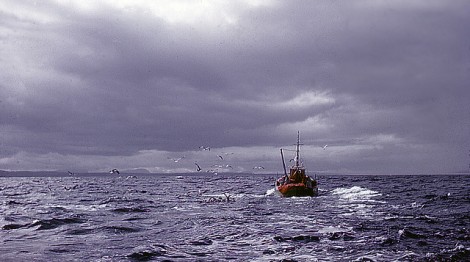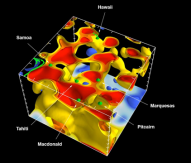
Analysis hints at benefits to limiting deep sea trawling
Data that suggests a benefit to limiting deep sea trawling in European waters to a depth of 600 metres has been announced by the University of Glasgow and Marine Scotland Science in the UK.
Results from the research suggest deep sea trawling causes greater damage for a reducing benefit to fishermen. The details come as the European Council considers new legislation to manage deep sea fisheries, including a ban on trawling below 600 metres.
Studies have already shown that deep sea fish species are more vulnerable due to the fact that individuals tend to live for a long time while having relatively few offspring in comparison to shallow-water species. Evidence has also shown that deep sea bottom trawling has taken its toll, with implications for the deep sea ecosystem and for the climate. The carbon sequestration of deep sea fish reaches significant amounts per year.
In the study, data was used from trawl surveys collected between the depths of 240 and 1,500 metres in the northeast Atlantic; those surveys used different gear types at various locations between 1978 and 2013. An analysis of the figures revealed a clear transition in catches at depths of 600 to 800 metres, including a significant increase in biodiversity, the ratio of discarded to commercial biomass, and the ratio of sharks and rays to commercial biomass. As the ecological impacts increased, the commercial value per unit of effort decreased.
Commenting, Joanne Clarke, a PhD student at Glasgow, said: “The most notable thing to consider about our findings is that the trend in catch composition over the depth range of 600 to 800 metres shows that collateral ecological impacts are significantly increasing while the commercial gain per unit effort is decreasing.
“Depth limitations are often labelled as a ‘blanket’ measure, unsophisticated and poorly thought out. In this case, however, it appears that there would be some very specific conservation benefits to a depth limit at around 600 metres.”
The researchers were also surprised to discover that their evidence backed the latest depth-limit proposal. This study was supported by funding from the EU’s INTERREG IVA Programme, managed by the Special EU Programmes Body; analysis of early surveys contributed to the EU-HERMES programme. The full report is published in the journal Current Biology.




